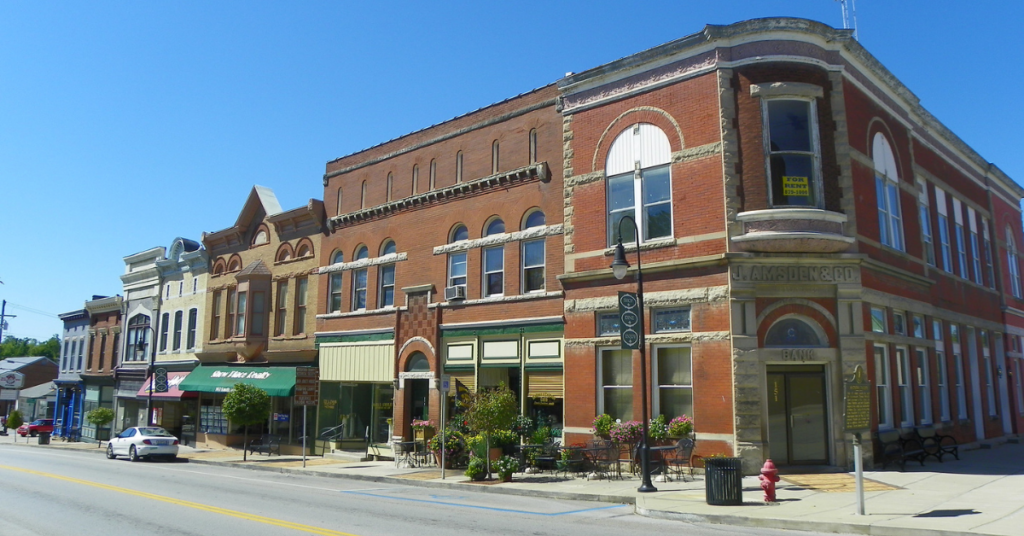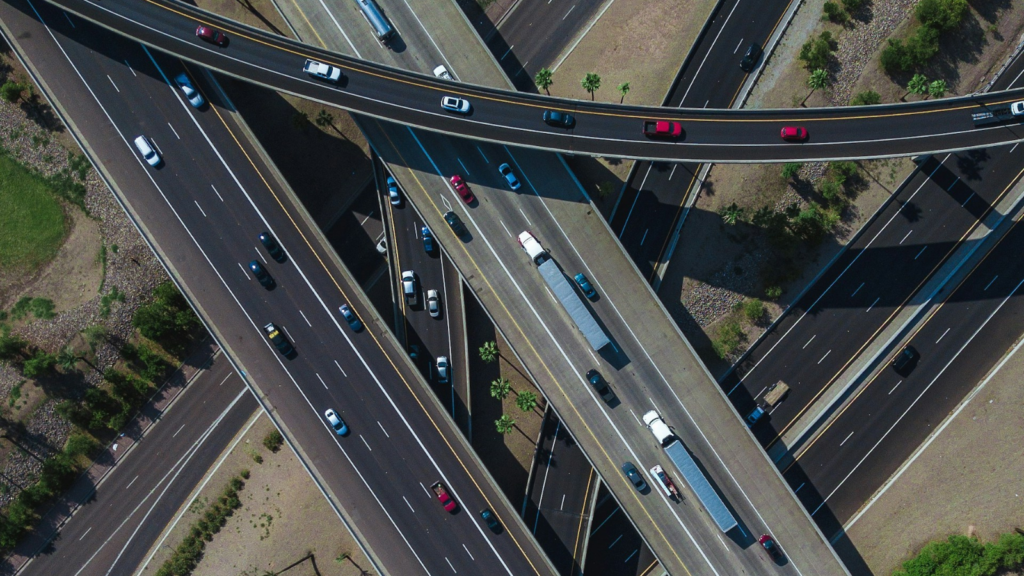
It’s nearly impossible to understand how our tax dollars are spent on transportation

T4America used artificial intelligence to find out how states are spending money from the Infrastructure Investment and Jobs Act (IIJA). Two findings are clear: More money alone will still fail to produce change, and it’s far too complicated to figure out where our transportation dollars are going.

In negotiations over the 2021 infrastructure law, the Senate discarded most of the ambitious policy improvements in the House’s INVEST in America Act, instead opting to create scores of new good but small discretionary grant programs for lowering emissions or investing in transportation options while increasing funding overall for the same flexible pots of money that states can spend with few restrictions. Still, the White House and many senators assured us that this bill would lead to a climate victory—often pointing to the small pots of money set aside for emissions reduction efforts.
As the infrastructure law continues to fund thousands of projects, we’ve developed new tools using artificial intelligence to individually categorize project descriptions to categorize how that funding is being spent. And while our methods for analyzing federal transportation spending have evolved into the 21st century, state spending is firmly stuck in the last one, devoting more than $33 billion from the IIJA (so far) to highway expansion. It turns out that giving state DOTs more money with few strings attached results in even more of the same: emissions-increasing highway widenings.
According to recent news coverage, our analysis has struck a chord:
While new discretionary grant programs have been able to offset some of these emissions, relying on cities, transit agencies, and localities to pursue small amounts of funding to offset this massive influx of emissions has produced limited results.
It shouldn’t take dedicated national nonprofits to sort out this information
The simple truth is that it’s incredibly complex to find out where the money from IIJA is being spent by states, and even then, results in a relatively limited view. How can the public have a chance to decide if the $1.2 trillion in new infrastructure money in the IIJA was a smart decision when it’s so difficult to find out where that money is being spent?
While this analysis shines a light on more than 57,000 projects, it’s only the tip of the iceberg. While federal dollars are eventually tracked on USASpending.gov, state-funded projects are not tracked in any central location. There are billions of dollars that this analysis cannot account for, programmed away in over 50 different formats within their State Transportation Improvement Programs (STIPs) that spell out state spending plans across the country.
Federal sources could be improved as well. Of the projects we looked into, 56,106 were from the FHWA, which does a much better job of reporting and obligating funds to states compared to the FTA. And this dataset is changing every month. Already, over 2,000 new projects have been added to our initial USAspending.gov query since our first analysis—and we plan to revisit it in the future.
As a taxpayer, these federal dollars are coming out of your pockets. Yet the lack of transparency on how this money gets spent leaves much to be desired. Even more alarming than the lack of transparency is where the money is going. The new and widened roads that states built with the funding will not lead to freedom from congestion, but instead, might have just consumed dollars that could have been invested in alternatives to road congestion and the existing network of roads and sidewalks. Next time, if we want better outcomes for climate, connectivity, and the economy at large, our leaders need to be clear about how they’re spending our money. That means stronger policy in the next reauthorization, and better reporting as soon as possible.
Our analysis on state transportation spending isn’t over. Stay tuned for additional updates.



